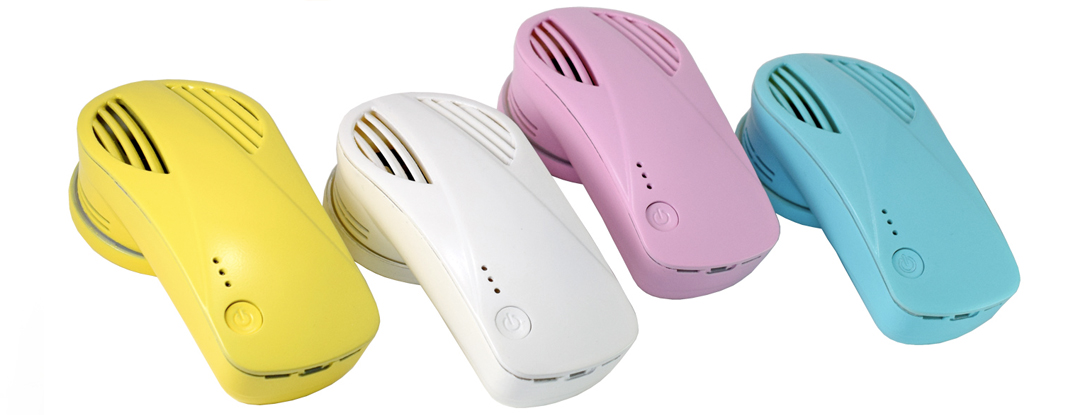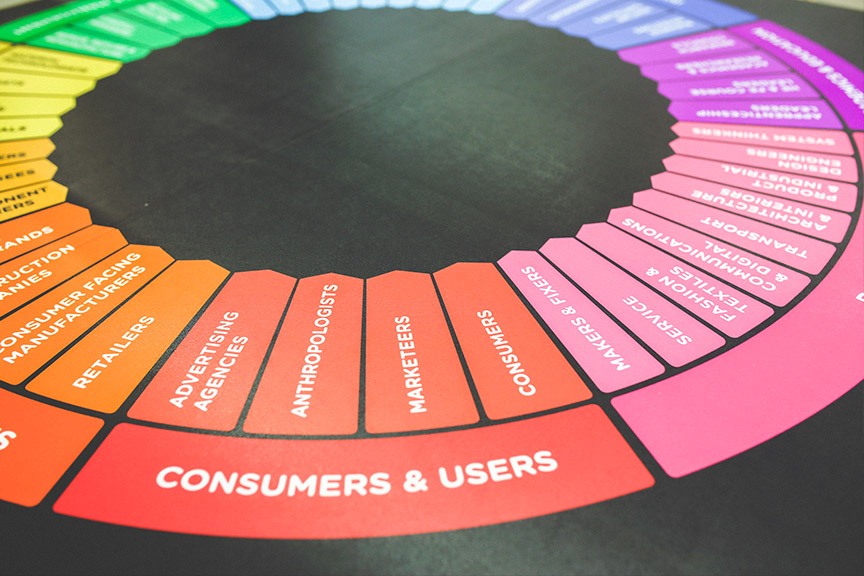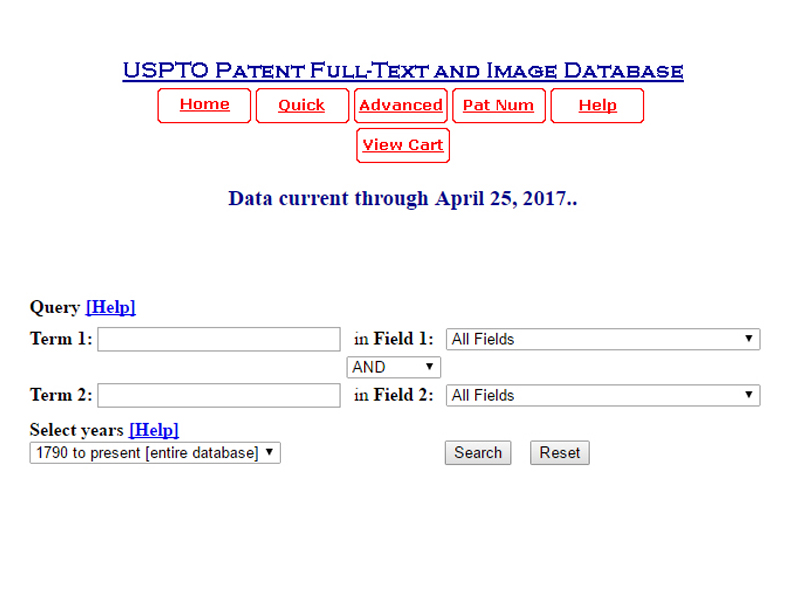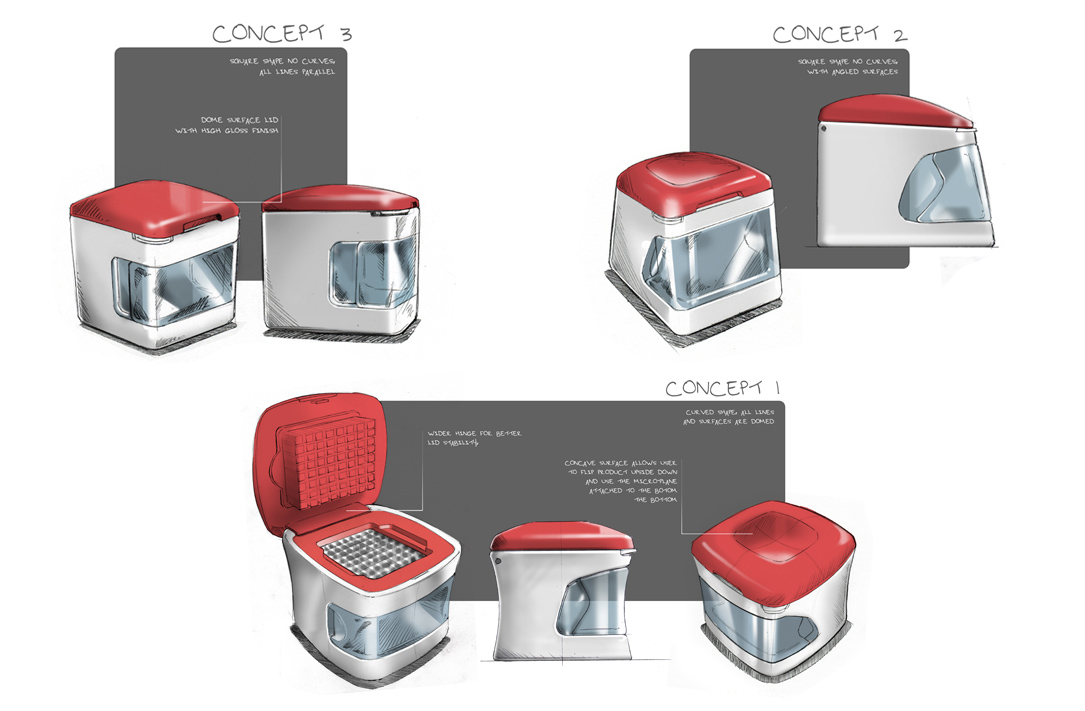How to make my invention a reality
Think of the last really cool product you saw in a store. How did it get there? Seeing the finished, packaged product, it all looks so easy, but before an idea makes it to store shelves there are lots of steps an inventor has to take. If you have an idea that you want to turn into a product, you need to know all the steps involved. Every product on the market was someone’s idea. Just check out our projects/portfolio: commercial products, consumer products, home or office products, dental or medical, sports and recreation, and kitchen products. All of these items that made it to the marketplace required a lot of diligence and dedication from the inventor. Here is an outline of what it takes to make an invention a reality.

Research: We cannot stress this step enough. Research is essential to the development of your invention. You need to do research at every level: market research, product research, patent research. Research is the foundation and base of your product. Why spend time and money on something that someone already invented? Let’s not reinvent the wheel. Take the time to find out if your invention already exists. Do a basic Google search. Check the competition’s websites and related companies in the industry. It is absolutely essential that before doing anything else, you make sure your product is not already in the marketplace. If it is, all is not lost. In some cases, your invention may be out there, but yours could have an added feature or an extraordinary function that makes it better and patentable. And be sure you don’t fall into the trap of believing your close relatives when they tell you your idea is worth it. Just because your mother would buy your invention doesn’t mean anyone else would. Do a basic market search. Conduct interviews, either by phone or face-to-face. Use online or mail surveys or questionnaires. Offer samples or incentives to get people’s feedback. Bring together focus groups. (Students are a great feedback source if your target market is a younger audience.) You have to understand your potential customers and who they are: gender, age, personality type, where they buy, where they hang out, what they like. All of this information will allow you to understand whether there is a need for your product. Once you move forward, this research will also help define your invention’s aesthetics, that is, its form, material, texture, and lines. Finally, if you intend to protect your idea, you need to patent your invention. But again, before you spend time and money on a patent, you need to do a proper patent search. Patent searches are extremely important. Patent agents will compare your invention to any feature of any patent in their database. Be thorough or hire a company to help you.
Concept development: After you have all the information from your research, it will be much easier to find the form for your product. If you have no experience with concept development, contact an expert design firm like Spark Innovations to help you. A knowledgeable team of industrial designers will sketch or present concept drawings in CAD software and render your ideas to help them start taking form. Once your invention is defined, it’s time to see it come to life as a prototype.
Prototype: Prototypes can be made in many ways. Some inventors make rough prototypes by hand using cardboard, plastic, wood, or any material they can get their hands on. These prototypes are easier to make. If you need or want a functioning prototype for marketing purposes or even to pitch your idea to someone, you should consider 3D printing your invention and painting it with real finishes. At Spark Innovations, we have done some astonishing prototypes–people haven’t even realized that they aren’t final products.


Manufacturing: Depending on your product, you may be thinking of manufacturing locally or maybe in China. Wherever it may be, you must ensure your CAD models are designed perfectly so any manufacturer can read and understand what you need. You need to get production samples and test your invention. Before you place a large order, you have to be 100% satisfied with the product. This is one of the most important steps for ensuring your final product is ready to go.
Packaging and marketing: The final step is, in fact, one of the hardest steps when making an invention a reality. Taking a product to market can be very tricky because there are so many different ways of doing this: sell it online in your own online store; sell it using third-party online stores; sell it locally or anywhere through retail stores; licence your idea to a larger company and earn a royalty; or sell your patent and say goodbye to your invention. To determine the best option for selling your idea and making your invention a reality, you need to know your intentions for your product, and how much money and time you want to continue investing in your invention.
If you need help with your invention, talk to our experts. At Spark, we can guide you through any step of the product development process. Call us now!



Recent Comments